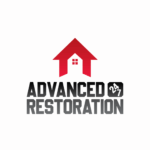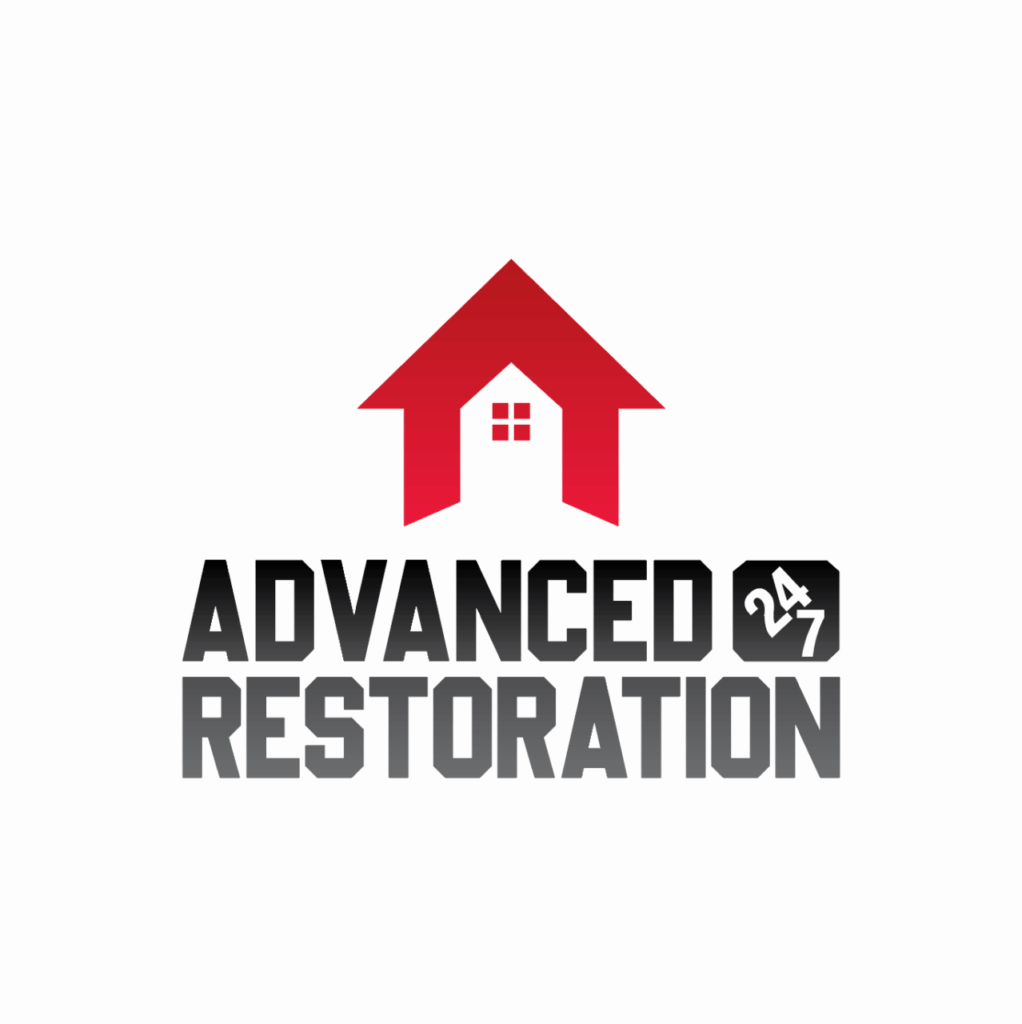To prevent mold growth after water damage, swiftly extract excess water to stop mold. Focus on drying affected areas and use fans and dehumidifiers. Clear out water and moisture with towels and mops. Disinfect and clean surfaces to eliminate mold spores. Keep humidity levels below 60% for mold-free spaces. Seal cracks, watch for leaks, and maintain good airflow. Act fast if you sense mold. Remember, these steps are essential for effective prevention.
Key Takeaways
- Conduct thorough water extraction to prevent lingering moisture.
- Utilize dehumidifiers strategically for excess moisture removal.
- Maintain humidity below 60% for a mold-free environment.
- Promptly dry out affected areas with proper ventilation.
- Inspect hidden areas and HVAC systems for mold growth.
Assessing the Water Damage
To accurately assess the extent of water damage in your home, begin by inspecting all affected areas thoroughly. Start by checking for any visible signs of water damage, such as water stains on walls or ceilings, warped flooring, or musty odors. These indicators can help you locate the areas that need immediate attention.
Next, a moisture assessment using a moisture meter will be conducted to detect hidden pockets of water that may not be visible to the naked eye. Focus on areas prone to water damage, like basements, attics, and crawl spaces.
Once you have identified the extent of the water damage, it’s important to proceed with water extraction promptly. Use a wet/dry vacuum or hire professionals to remove standing water from the affected areas. The longer the water sits, the higher the risk of mold growth and further damage to your home. Ensure thorough water extraction to prevent lingering moisture that can lead to mold and mildew issues.
Drying Out Affected Areas
To ensure mold doesn’t have a chance to grow, you should concentrate on drying out the affected areas promptly. Utilize appropriate ventilation techniques and consider using dehumidifiers to hasten the drying process.
These steps are vital in preventing further damage and keeping your space safe.
Proper Ventilation Techniques
Following water damage, make sure that appropriate ventilation techniques are implemented quickly to dry out affected areas efficiently and prevent mold growth.
To guarantee proper ventilation, consider the following strategies:
- Open windows and doors to promote air circulation.
- Use fans to increase airflow and speed up the drying process.
- Place dehumidifiers in the affected areas to remove excess moisture from the air.
- Utilize exhaust fans in kitchens and bathrooms to vent humid air outside.
- Avoid blocking vents and air ducts to allow for proper airflow throughout the space.
Use of Dehumidifiers
Consider utilizing dehumidifiers in the affected areas to efficiently remove excess moisture and aid in drying out the space after water damage. Dehumidifiers play a vital role in preventing mold growth by extracting humidity from the air, creating a drier environment where mold finds it harder to thrive.
To ensure top-notch performance, remember to conduct regular dehumidifier maintenance, such as cleaning filters and coils. This upkeep not only enhances the dehumidifier’s efficiency but also extends its lifespan.
Additionally, when selecting a dehumidifier, opt for energy-efficient models to minimize electricity usage while effectively drying out the affected areas.
Removing Water and Moisture
To prevent mold growth after water damage, make sure you drain water promptly and dehumidify the affected areas.
These steps are essential in removing excess moisture and creating an environment less conducive to mold growth.
Drain Water Promptly
Swiftly removing any water present is crucial to preventing mold growth after experiencing water damage. To effectively drain water promptly and aid in mold prevention, follow these essential steps:
- Use a wet vacuum or pump to extract standing water.
- Utilize mops and towels to soak up excess moisture.
- Open windows and doors to increase ventilation and aid in drying out the area.
- Employ dehumidifiers to reduce humidity levels and prevent mold growth.
- Dispose of any items that can’t be salvaged or dried completely to avoid mold contamination.
Dehumidify the Area
To effectively reduce moisture levels and prevent mold growth after water damage, utilize dehumidifiers in the affected area. Dehumidifiers play an essential role in mold prevention by extracting excess moisture from the air, creating an environment less conducive to mold growth.
By controlling humidity levels, you can greatly decrease the risk of mold taking hold in your home. Make sure to place the dehumidifier in the most affected areas, such as basements or rooms with poor ventilation.
Running the dehumidifier regularly will help maintain ideal humidity levels and protect your home from mold infestations. Remember, consistent humidity control is key to keeping your living space safe and mold-free.
Cleaning and Disinfecting Surfaces
After water damage, the first step in preventing mold growth is thoroughly cleaning and disinfecting all affected surfaces.
Here are some tips to ensure proper cleaning and disinfection for effective mold prevention and treatment:
Use a Mixture of Water and Detergent: Start by cleaning surfaces with a solution of water and detergent to remove dirt, grime, and initial mold spores.
Apply a Disinfectant: After cleaning, use a disinfectant known to eliminate mold spores. This step is vital in stopping mold growth in its tracks.
Don’t Forget About Hidden Areas: Check concealed or hard-to-reach areas like behind baseboards and under carpets. Mold can thrive in these spaces if not thoroughly cleaned.
Inspect and Clean HVAC Systems: Mold spores can circulate through the HVAC system, so make sure to clean and disinfect it as well to prevent recontamination.
Consider Hiring Professionals: If the water damage and mold growth are extensive, it might be best to hire professionals who have the expertise and tools to handle the situation effectively.
Proper Ventilation and Airflow
Ensure that adequate ventilation and airflow are maintained in the impacted areas to facilitate the drying process and prevent mold growth. Essential air circulation is vital in ensuring that moisture doesn’t linger, creating an ideal environment for mold spores. To enhance ventilation, open windows and doors allow fresh air to flow through the space. Additionally, using fans and dehumidifiers can help improve airflow and expedite the drying of wet surfaces.
When dealing with water damage, consider these ventilation tips to prevent mold growth. Place fans strategically to promote air circulation, especially in areas prone to retaining moisture, such as basements or bathrooms. Make sure that air vents are unobstructed to allow for proper airflow throughout the entire property. If possible, use exhaust fans in kitchens and bathrooms to reduce humidity levels and prevent condensation buildup.
Inspecting for Mold Growth
Inspect your property thoroughly for any signs of mold growth following water damage. It’s essential to identify hidden molds and take steps to prevent future growth.
Here are some vital tips to help you in this process:
Check Dark and Damp Areas: Mold thrives in moist environments, so inspect areas like basements, crawl spaces, and under sinks where water damage may not be immediately visible.
Look for Discoloration: Keep an eye out for any dark spots or patches on walls, ceilings, or floors, as these could indicate mold growth.
Inspect Soft Materials: Mold can easily grow on porous materials like carpets, upholstery, and cardboard. Make sure to check these items thoroughly.
Use Your Sense of Smell: Mold often produces a musty odor. If you detect a musty smell in certain areas of your home, investigate further for mold growth.
Consider Hiring a Professional: If you suspect mold but are unsure of the extent of the problem, it may be wise to consult a professional mold remediation service for a thorough inspection.
Maintaining a Dry Environment
To prevent mold growth after water damage, make sure you maintain a dry environment in your property. Moisture control is key to keeping mold at bay. After flooding or leaks, it’s important to dry out wet areas promptly. Use dehumidifiers and fans to help speed up the drying process. Ensure that any water-damaged materials are thoroughly dried or removed to prevent mold spores from taking hold.
Monitoring humidity levels is essential in maintaining a dry environment. Ideally, indoor humidity should be kept below 60%. You can use a hygrometer to measure humidity levels and adjust as needed. Ventilation is also vital; make sure that areas prone to moisture build-up, like bathrooms and kitchens, are well-ventilated to prevent excess humidity.
In addition to addressing visible water damage, be proactive in preventing future issues. Seal any cracks in walls or foundations that could allow water seepage. Regularly inspect and maintain your plumbing to prevent leaks. By staying vigilant and taking steps to control moisture and humidity levels, you can significantly decrease the risk of mold growth in your home.
Recap
As you continue to follow these steps to prevent mold growth after water damage, remember that diligence is key. By staying vigilant and addressing any signs of moisture promptly, you can avoid the unwelcome appearance of mold in your home.
Just like a skilled gardener tends to their plants to prevent disease, you must tend to your home to prevent mold from taking root.
Keep up the good work, and enjoy a clean, mold-free environment.
Advanced 24/7 Restoration’s mission is to provide unparalleled care and support to our valued clients. Delivering the best solutions for your property restoration needs. Our vision is to be the top-rated damage restoration company in Denver, known for our exceptional services, professionalism, and dedication to customer satisfaction. Water damage, fire damage, flood damage, and more.
- This author does not have any more posts


